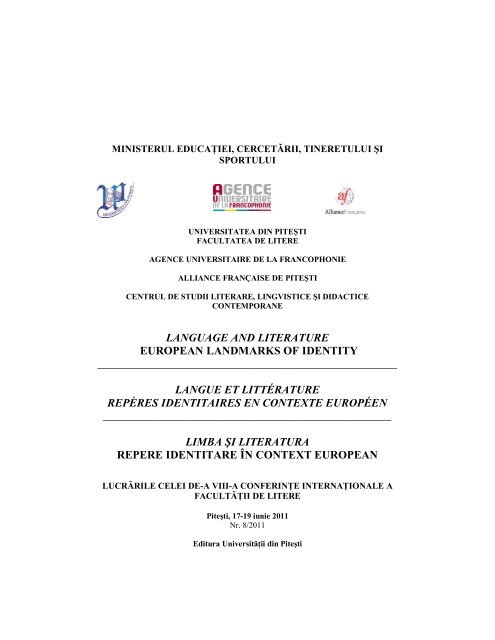
In 1994, Starwood acquired CIGA and merged it into The Luxury Collection, an assemblage of historic and venerable hotels that have similar grandeur as the Imperial.īefore the war, the Imperial had partly been owned by Samuel Schallinger, who was forced to sell it in 1938 due to the Nazi persecution of Jews. The Imperial was acquired by Compagnia Italiana Grandi Alberghi (CIGA) after Swiss-born Prince Karim Aga Khan acquired the company in 1985 and began expanding its presence (which was purely Italian up to that time) into Spain and Austria. Benito Mussolini stayed at the hotel during World War II with considerably less fanfare, being shepherded through the back door on September 13, 1943, following his spectacular rescue out of detention by German paratroopers in Unternehmen Eiche ("Operation Oak"). Adolf Hitler, who worked at the hotel as a day laborer during his youthful period as a virtual tramp in Vienna, returned following the 1938 Anschluss as an honored guest, and had permanent suite. Dignitaries and royalty from around the world have stayed at the Imperial.

Over the years, the Hotel Imperial has had numerous famous guests, including Queen Elizabeth II and Charlie Chaplin. In 1928, two storeys were added, but the original architecture is still very much in evidence and is an integral part of the luxurious atmosphere.

After moving there in 1866, they sold it five years later.įor the 1873 Vienna World's Fair, the palace was converted into a hotel. However, the ducal couple did not enjoy their new home for long. Initially, it was planned as the city palace ( Stadtpalais) and residence of Duke Philipp of Württemberg (1838–1917) and his wife Maria Theresa (1845–1927), née Archduchess of Austria its original name was Palais Württemberg. The building was designed by architect Arnold Zenetti and built under the direction of Heinrich Adam in 1863. The hotel's private balconies offer views of the Altstadt skyline. In the lobby, the Royal Staircase leads up to suites and rooms that are also illuminated by magnificent chandeliers hanging from the high stucco ceilings. The hotel's interior furnishings highlight the nineteenth-century Viennese elegance with ornate marble, hand-carved statues, and massive crystal chandeliers. The original portal was wide enough for a two-horse-drawn carriage. The main entrance portal contains four statues that are also symbolic. The top of the building contains a stone balustrade that frames heraldic animals from the Württemberg coat of arms.

The Hotel Imperial's façade is in the Italian Neo-Renaissance style.


 0 kommentar(er)
0 kommentar(er)
